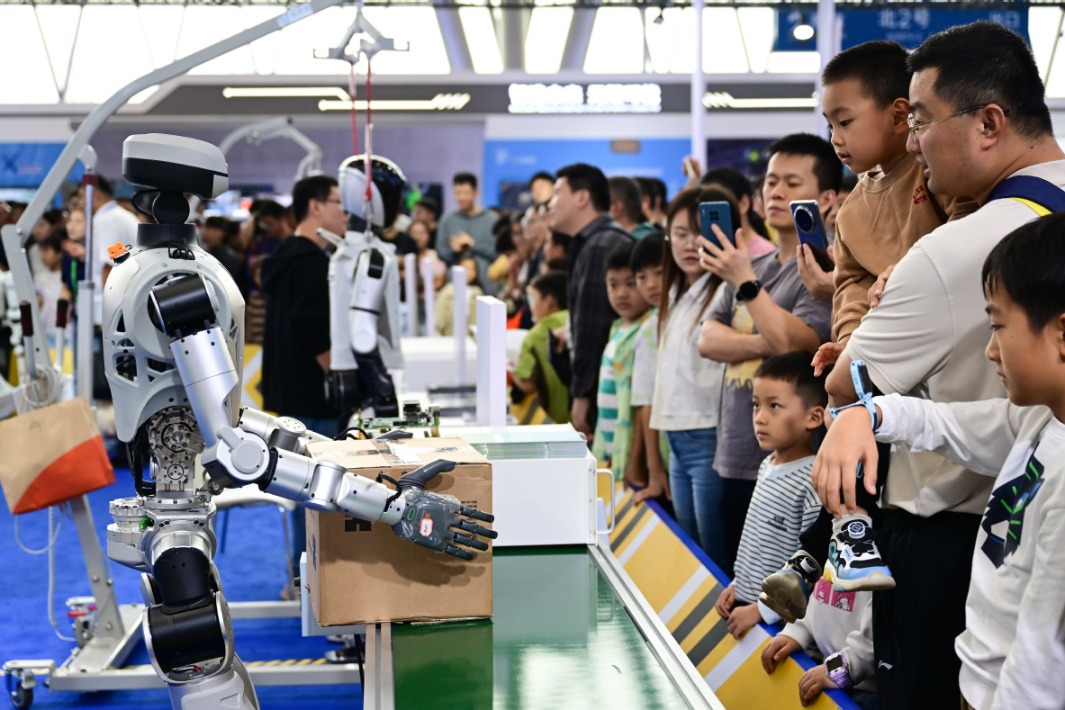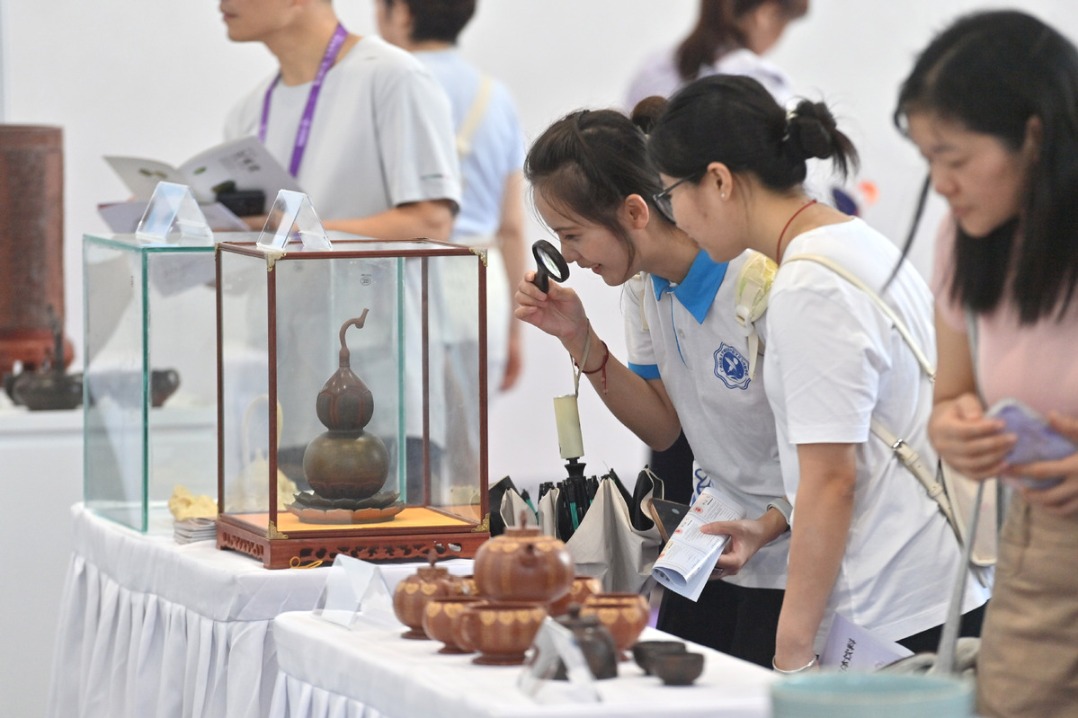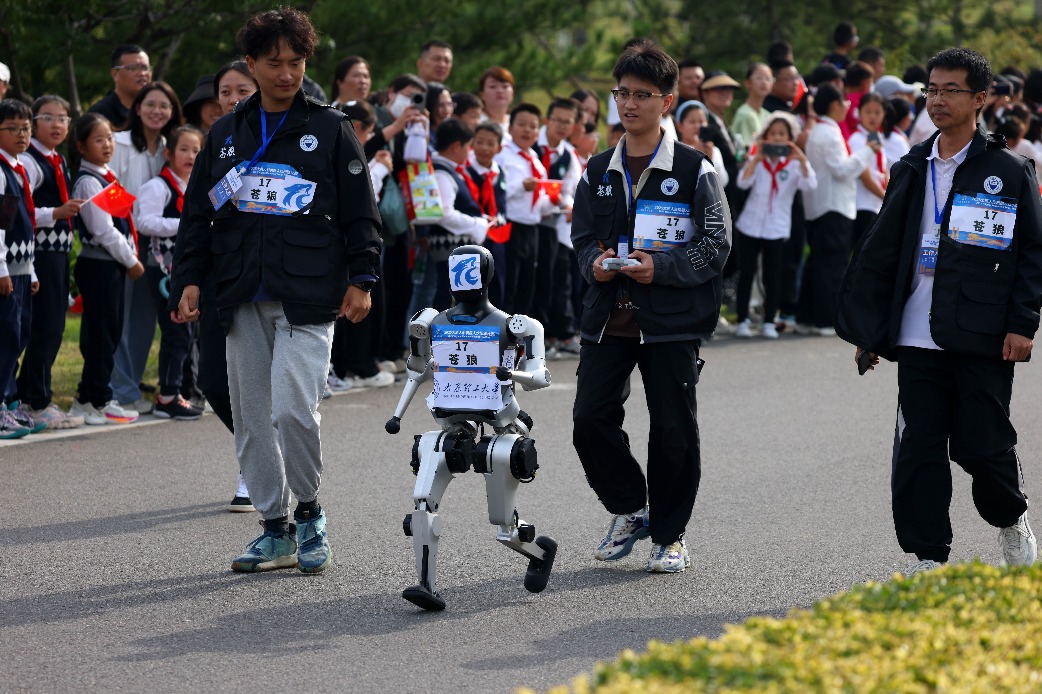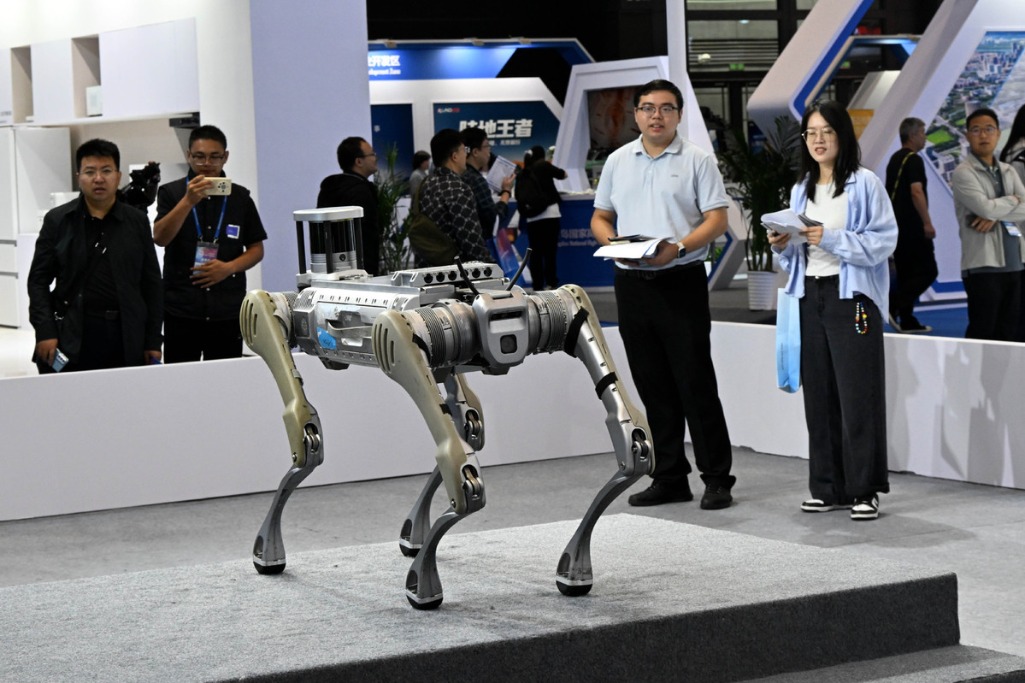Jiaxing Grid records historic peak as technology enhances reliability

Amid ongoing heatwaves across China, the total electricity load in Jiaxing city, Zhejiang province, reached a historic peak of 13.88 million kilowatts on July 17.
In response, the State Grid Jiaxing Power Supply Company has ramped up efforts to ensure stable electricity supply and safeguard livelihoods through technology-driven solutions.
Early on the morning of July 17 in Wuzhen town, Tongxiang county, Jiaxing, a multi-meter-high drone base station slowly opened its rooftop hatch. A tower-mounted drone took off for a special inspection of the 1,000-kilovolt Antang transmission line — an essential corridor linking the power grid in East China. The line crosses major highways and plays a key role in supporting the Yangtze River Delta's transportation and power infrastructure. Given the complex terrain and long distance, manual inspections are especially challenging.
Unlike traditional patrols that are constrained by time, manpower, terrain and weather, drone inspections eliminate blind spots and significantly improve efficiency. Equipped with infrared cameras, the drones can detect anomalies in conductors and hardware, enabling real-time fault prediction. Covering up to 75 square kilometers, this system reduces the risk of heatstroke for on-site workers and enhances operational safety.
Supporting the drones is an automated monitoring system with features such as scheduled patrols, automated flight operations, auto-landing and AI-powered fault recognition. Inspection data is transmitted in real time to a remote control center for analysis, enabling smarter, more efficient and fully remote grid management. Together, this forms an integrated aerial-ground monitoring loop for comprehensive power line supervision.
To date, Jiaxing has deployed seven drone bases across seven townships, monitoring 24 critical power lines over a 500-square-kilometer area. Each drone has a patrol radius of five kilometers. A three-dimensional transmission line safety monitoring mechanism featuring "aerial patrols, ground inspections and centralized monitoring" has effectively taken shape.





































